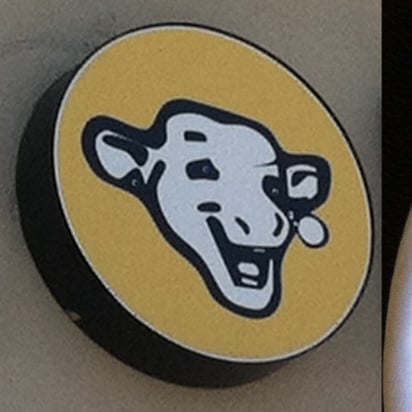

Public schools aren’t private institutions though, which is where things get so convoluted. The school is a government funded organization, and therefore has to do its best to avoid infringing on constitutional rights. However, courts have repeatedly ruled that schools have a higher obligation to protect the students in their care, even if it means restricting first amendment rights. So schools have a fairly high degree of discretion on what they do and don’t allow.
A more mild example is dress codes. Students could easily argue that a dress code violates their freedom of speech, as the way they dress is a form of speech. However, courts have ruled that dress codes are allowed, because the school has a duty to maintain an environment that is conducive to learning; even if it means restricting their students’ freedom of expression.







It was still harassing a student all the same.
So wristbands are okay… Because they’re just clothes, not marching in circles and chanting? How about if it’s t-shirts instead? After all, both are just clothes. How about if those shirts or wristbands have wording that calls the student a slur?
The student will undoubtedly find any kind of protest clothing offensive because they’re protesting her existence… So where do we draw the line on parents’ right to offend a student? Is it just slurs that aren’t allowed? Who decides what is and isn’t offensive? It obviously can’t be the person doing the protesting, because their entire goal is to offend the targeted student.
How about if it’s signs instead of clothing? The student will likely find any kind of signs demeaning, but are they okay because they’re just passively holding them? How about if those signs call the student a slur?
The issue with allowing protest (especially one that targets a specific student) is that someone has to decide where to draw the line. And every individual will have a different line in the sand… So if our goal is to protect the student, (and again, this protest is 100% without a doubt harassing a student) they need to go by the lowest threshold, not the highest.